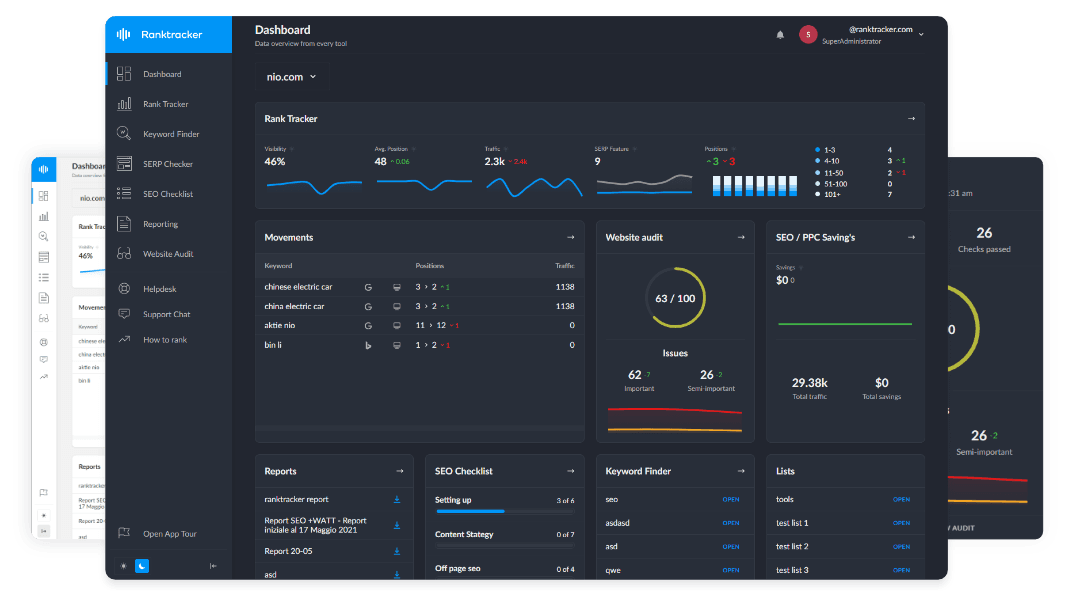Intro
Image SEO refers to the optimization of images for search engines to improve ranking, visibility, and user experience. Properly optimized images can enhance page load speed, accessibility, and search discoverability.
Why Image SEO Matters:
- Improves Google Image Search rankings.
- Enhances page speed & performance.
- Boosts website accessibility with proper alt text.
Best Practices for Image SEO Optimization
1. Use Descriptive File Names
- Rename images with SEO-friendly, keyword-rich file names.
- Example:
- Bad:
IMG12345.jpg - Good:
best-seo-tools-guide.jpg
- Bad:
2. Optimize Alt Text for Accessibility & SEO
- Alt text helps search engines understand image content and improves accessibility.
- Example:
<img src="seo-guide.jpg" alt="SEO guide for beginners explaining ranking factors">
3. Compress Images Without Losing Quality
- Reduce file sizes to improve page load speed and performance.
- Recommended tools:
- TinyPNG, ShortPixel, ImageOptim
4. Choose the Right Image Format
- Use modern formats like WebP for better compression and quality.
- Comparison:
- JPEG: Best for photos
- PNG: Best for transparent images
- WebP: Best for web optimization
5. Enable Lazy Loading for Faster Page Speeds
- Lazy loading defers image loading until needed.
- Example:
<img src="seo-chart.jpg" loading="lazy" alt="SEO performance chart">
6. Implement Image Structured Data
- Use schema markup to enhance image indexing.
- Example:
{
"@context": "https://schema.org",
"@type": "ImageObject",
"contentUrl": "https://example.com/seo-strategy.jpg",
"name": "SEO Strategy Chart",
"description": "A visual representation of the best SEO strategies in 2024."
}
7. Use Responsive Images for Mobile Optimization
- Implement
srcsetto serve different image sizes based on screen resolution. - Example:
<img srcset="image-small.jpg 480w, image-medium.jpg 1024w, image-large.jpg 1920w" sizes="(max-width: 600px) 480px, 1024px" src="image-medium.jpg" alt="SEO infographic">
Common Image SEO Mistakes to Avoid
❌ 1. Using Large, Unoptimized Images
- Fix: Compress images before uploading.
❌ 2. Missing or Generic Alt Text
- Fix: Always add descriptive, keyword-rich alt text.
❌ 3. Poor File Naming Conventions
- Fix: Rename files using meaningful, SEO-friendly names.
Tools for Image SEO Optimization
- Google PageSpeed Insights – Analyze image loading performance.
- Ranktracker’s Web Audit Tool – Identify image optimization opportunities.
- TinyPNG & ShortPixel – Compress images without quality loss.
Conclusion: Strengthening SEO with Optimized Images
A properly optimized image SEO strategy improves search rankings, page speed, and user experience. By focusing on alt text, file compression, structured data, and responsive images, websites can enhance visibility and search discoverability.

